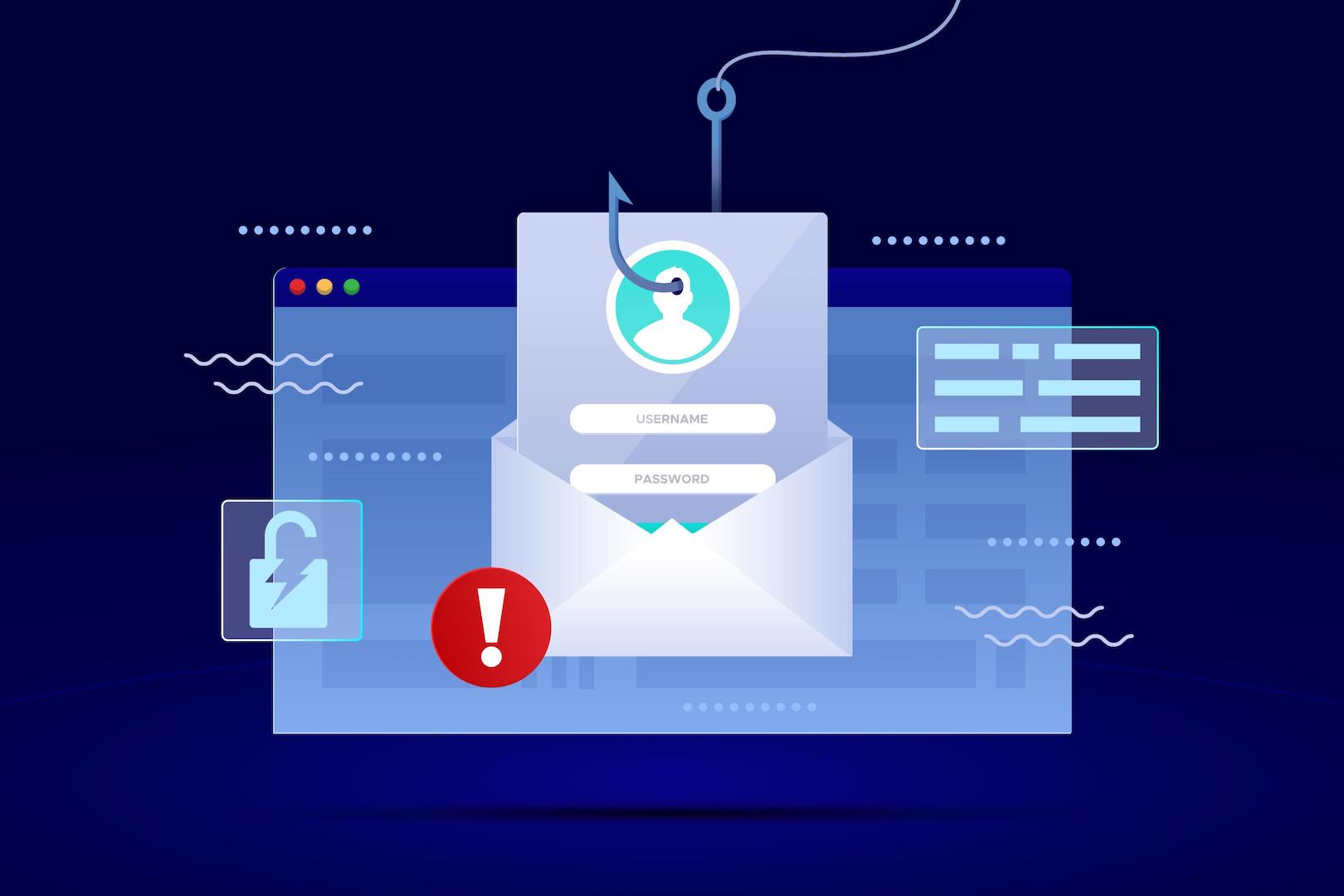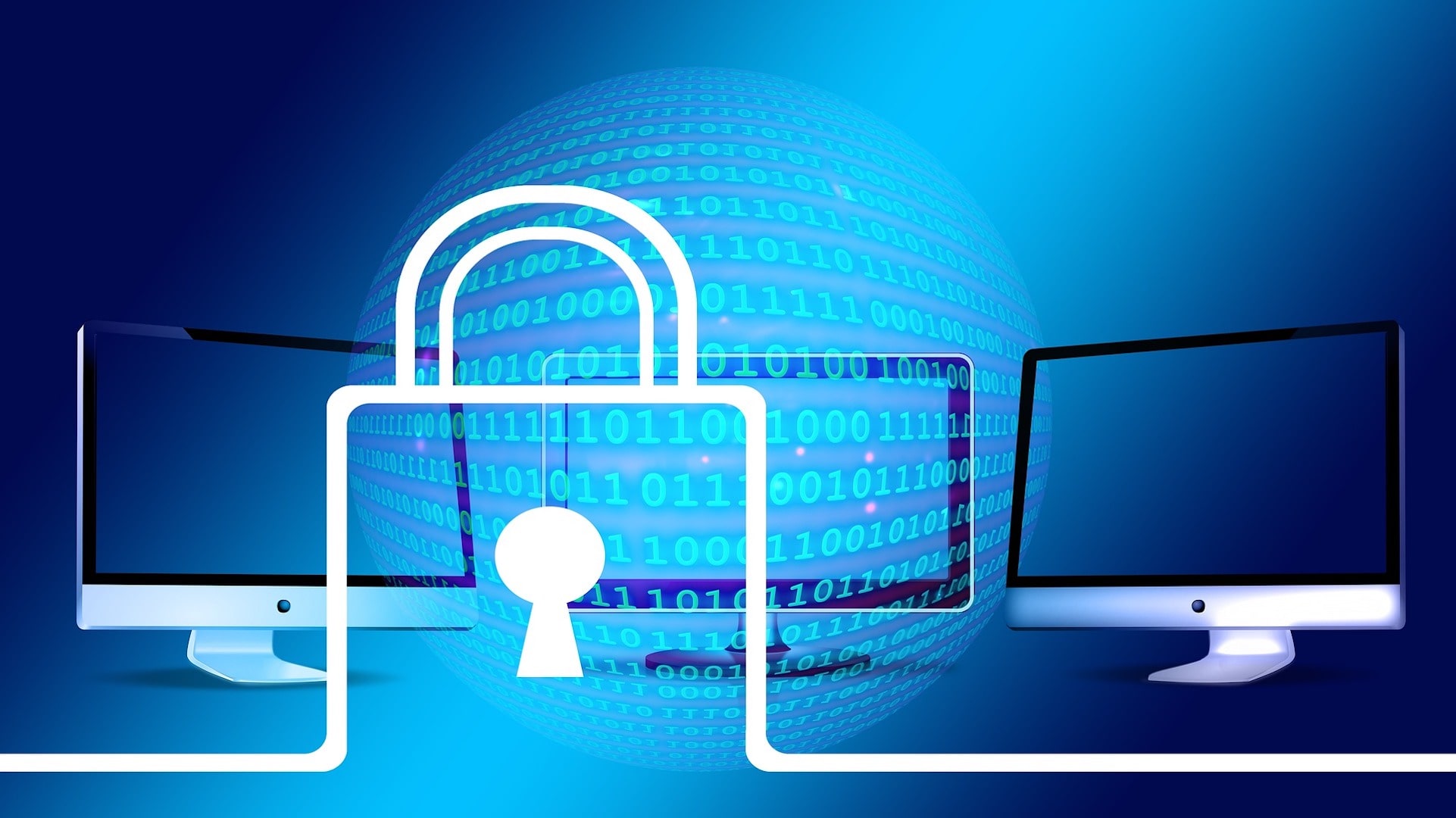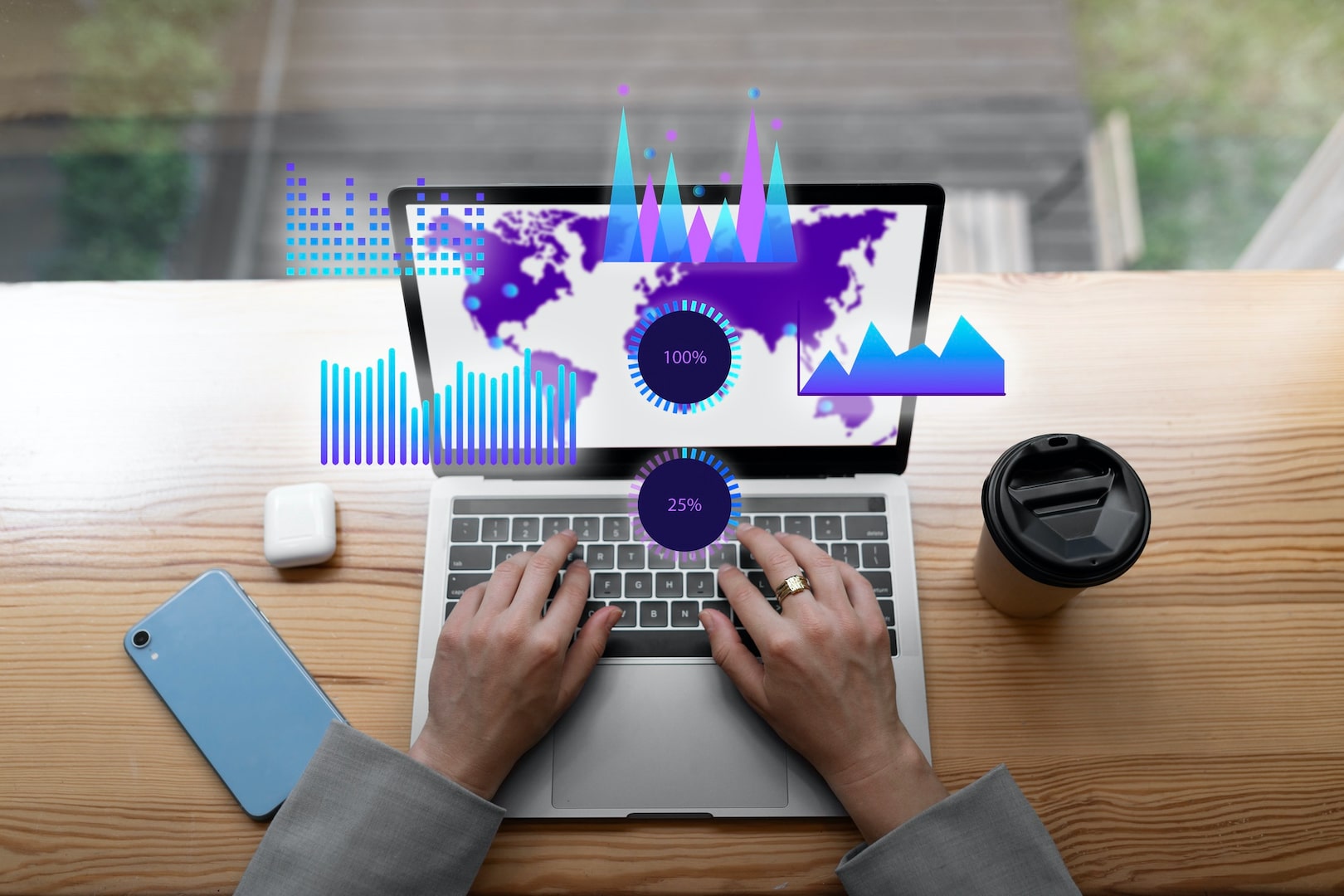In today’s digital world, having the right tools and software is crucial for effective cybersecurity. These tools help protect sensitive data, prevent cyber threats, and maintain the integrity of digital systems. From firewalls that act as the first line of defence to antivirus software that detects and removes malware, each tool plays a unique role. Additionally, encryption tools secure data in transit, while password managers help ensure that strong passwords are used. Leveraging the right combination of cybersecurity tools is essential for both individuals and organizations to stay safe online and minimize the risk of cyberattacks and breaches.
Concept and Importance of Cyber Security:
Cybersecurity involves practices and technologies designed to safeguard systems, networks, and data from cyberattacks, unauthorized access, and damage. In a world where digital threats are increasing at a very fast rate, cybersecurity plays a crucial role in protecting both personal and organizational data. From network security to application security, cybersecurity covers multiple areas to ensure data safety and privacy.
Importance of Cybersecurity:
- Data Protection: Cybersecurity maintains the confidentiality of sensitive data, preventing breaches and data theft.
- Business Continuity: Effective security measures help in maintaining smooth business operations by protecting critical systems from disruptions.
- Trust Building: Robust cybersecurity fosters trust among customers, as they feel confident that their data is being handled securely.
Enrolling in a cyber security course provides an in-depth understanding of threat detection, risk management, and preventive measures, which are crucial for building a safer digital environment and staying ahead of cyber threats.

Key Skills Needed for Cybersecurity:
- Networking Fundamentals: Understanding computer networks, including protocols like TCP/IP, is important for identifying and mitigating security threats.
- Knowledge of Operating Systems: Familiarity with multiple operating systems, like; Linux, Windows, and macOS, is important for identifying threats.
- Threat Analysis: The ability to analyze and assess threats, including malware, phishing, and ransomware attacks, is vital for proactive defence.
- Cryptography: Knowledge of encryption methods and cryptographic techniques helps in protecting data confidentiality.
- Incident Response: Skills in reacting to and managing security incidents to minimize damage and recover quickly are crucial for effective cybersecurity.
- Risk Management: Learning how to identify, assess, and mitigate risks to ensure an organization’s security.
- Programming Knowledge: Familiarity with languages like Python, Java, or C++ helps in automating tasks and identifying security flaws.
- Ethical Hacking: Skills in ethical hacking allow professionals to find and fix vulnerabilities before attackers exploit them.
What Software Is Used For Cyber Security?
Cybersecurity relies on a variety of tools to protect systems and data. Commonly used software includes:
- Antivirus Software: Tools such as, Norton and McAfee identify and remove malware and viruses.
- Firewalls: Applications like ZoneAlarm create a barrier between trusted and untrusted networks, monitoring incoming and outgoing traffic.
- Encryption Tools: Software such as VeraCrypt and BitLocker encrypt sensitive data to prevent unauthorized access.
- SIEM (Security Information and Event Management): Splunk and IBM QRadar help in monitoring, identifying, and analyzing security threats in real time.
- VPN (Virtual Private Network): NordVPN and ExpressVPN help secure online activities and mask users’ IP addresses.
- Password Managers: Tools like LastPass and 1Password enable creating and managing strong passwords to enhance security.
These tools collectively strengthen the overall defence against cyber threats.
Top Tools of Cybersecurity:
- Wireshark: Wireshark is a popular network analysis tool used for monitoring network traffic in real time. It helps identify unusual patterns, which may indicate a cyber threat. For example, a cybersecurity analyst at a company could use Wireshark to spot an unauthorized IP attempting to access their network.
- Nmap: Nmap (Network Mapper) is used for network discovery and vulnerability scanning. It helps identify open ports and detect potential vulnerabilities. In real-time use, system admins can deploy Nmap to scan corporate networks for security flaws before attackers exploit them.
- Splunk: Splunk is a widely-used SIEM tool for monitoring, reporting, and analyzing security threats in real time. For example, organizations use Splunk to track network logs and receive alerts when suspicious activity occurs, helping them respond quickly to mitigate security breaches.
These tools are essential in identifying, monitoring, and preventing cyber threats, making networks safer.
How Can One Learn The Effective Use of Cybersecurity?
Hands-on practice, theoretical understanding, and staying updated with emerging threats are essential to learn and apply cybersecurity principles effectively. Enrolling in a cyber security course online is an excellent way to gain these skills comprehensively. Online courses provide structured learning that covers essential topics such as network security, ethical hacking, encryption techniques, and risk management.
A cyber security course online offers interactive learning through labs, projects, and real-world case studies, allowing learners to apply theoretical knowledge to practical scenarios. Moreover, these courses are designed by industry professionals, ensuring that learners are exposed to the latest tools, techniques, and threats. Access to expert guidance, combined with self-paced study, makes it easier for individuals to understand and master the different aspects of cybersecurity. Such a course can empower learners to secure networks effectively, mitigate risks, and be prepared to handle real-world cyber threats confidently.
Conclusion:
In the ever-evolving world of cybersecurity, having the right tools and software is like having a well-stocked toolkit for tackling any challenge. From firewalls to encryption tools, each cybersecurity tool plays a vital role in protecting against evolving threats. The key to effective cybersecurity is not only choosing the best tools but also knowing how to use them wisely.
Whether you’re an individual, a small business, or a large organization, embracing these tools is crucial for keeping your digital world secure. Remember, in the battle against cyber threats, a proactive approach and the right tools make all the difference.













